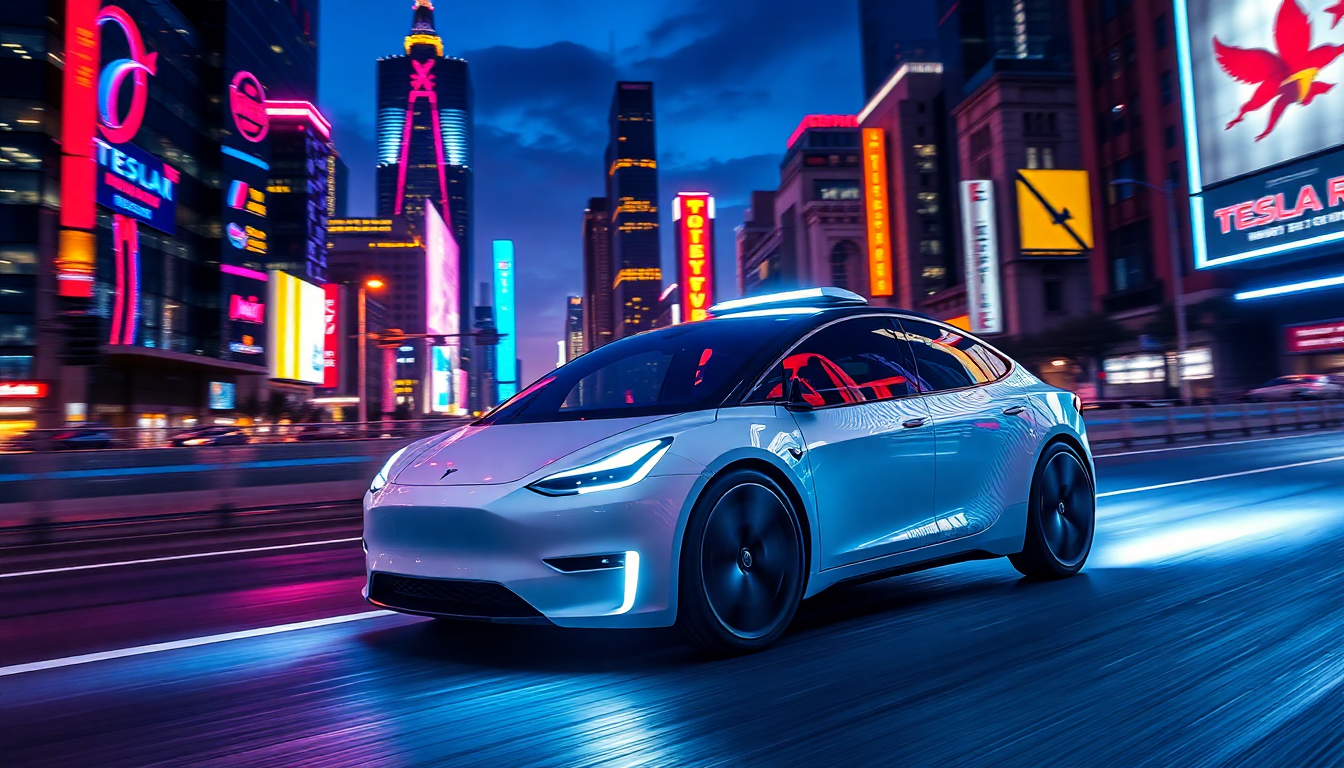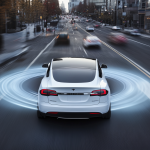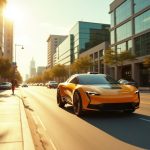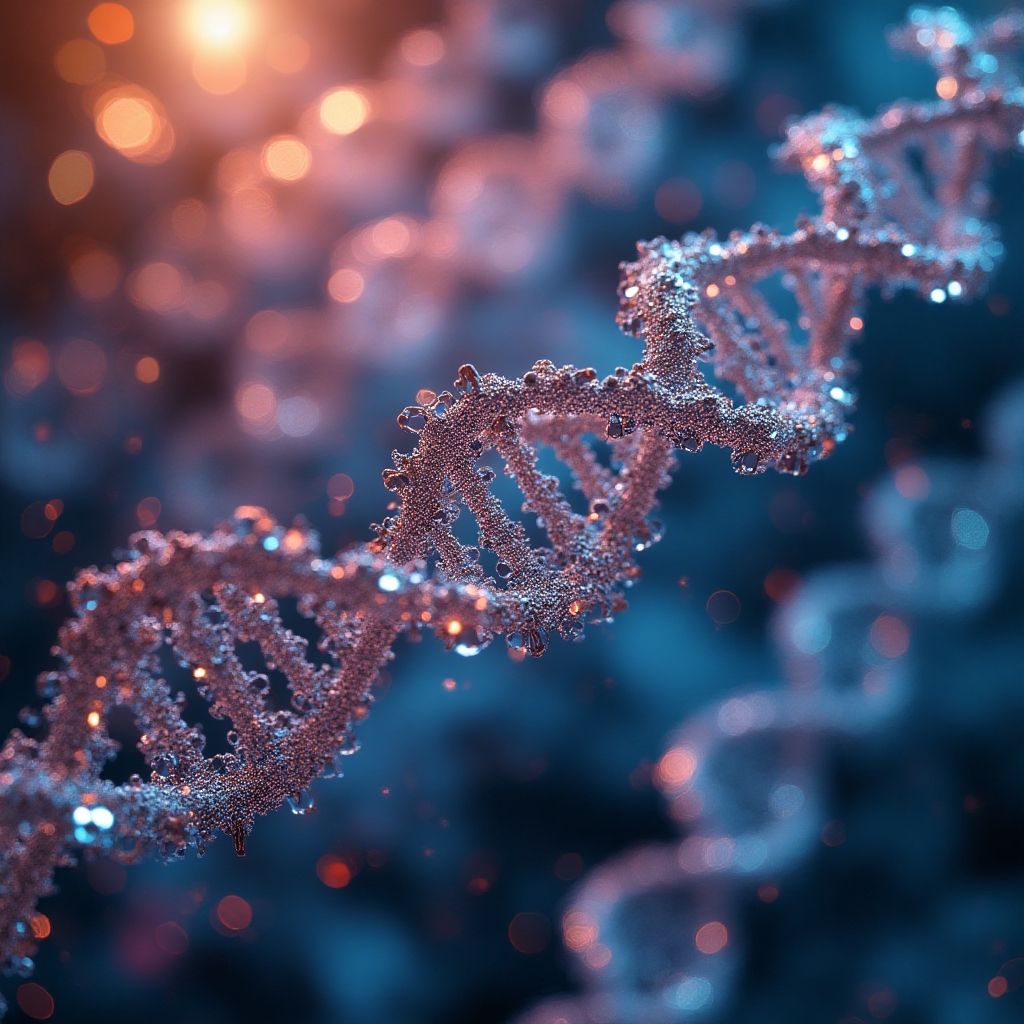Franz von Holzhausen’s Tesla Robotaxi Reveal: The Bold Vision Driving Tesla’s Autonomous Future is finally here, marking a pivotal moment in Tesla’s journey towards full autonomy. Tesla has never been shy about pushing boundaries. When the Model S first hit the streets over a decade ago, it wasn’t just a car—it was a symbol of innovation, a gateway into an electric future. But for Franz von Holzhausen, Tesla’s chief designer, the seeds of an even bigger idea were already taking root: a robotaxi. As the man behind the Model 3, Model Y, and Tesla Semi, Franz quietly started imagining the possibilities of an autonomous Tesla, even as the public was still getting used to the idea of electric cars.
Fast forward to 2024, and Tesla is on the verge of revealing what could be the culmination of over a decade of design and development. But will this long-anticipated robotaxi deliver, or are we in for yet another Elon Musk-led hype train? Let’s dig deep into what’s brewing at Tesla, the design philosophy driving the vision, and what the future of autonomous travel might really look like.
The Robotaxi: A Vision Years in the Making
Franz von Holzhausen started thinking about the concept of a robotaxi just as Tesla was delivering its first Model S vehicles back in 2012. Even then, Tesla’s chief designer saw the potential for a self-driving future. As he put it, “It felt inevitable we would get there.”
Tesla’s Autonomous Path: Laying the Groundwork
Since those early days, Tesla’s lineup has been quietly paving the way for an autonomous future. From the Model 3 to the upcoming Cybertruck, each Tesla vehicle features a configurable, upgradable interface—essentially, a blank canvas for the software that could make autonomy a reality.
Tesla isn’t just building cars; they’re designing a system for the future. The company’s approach to technology and user interaction has always been about gradual introduction. As von Holzhausen noted, “The self-presenting door handle in the early days—that was like a handshake with technology.”
Incremental Innovation: The Tesla Way
The goal, it seems, has been to make customers more comfortable with technology by introducing it in subtle ways—like Tesla’s Autopilot, which still requires human oversight but is undoubtedly the precursor to full autonomy. Von Holzhausen believes that Tesla’s existing vehicles have laid a strong foundation for what’s coming. In his words, “In a strange sort of way, we’ve been working our way—in a very public way—to what an autonomous future will look like.”
The October 10 Event: What to Expect
Tesla is set to reveal its robotaxi at an October 10 event in Los Angeles, and while the details are still sparse, von Holzhausen promises something “intriguing,” “interesting,” and “fun.” But here’s the kicker: Will this reveal be just a concept vehicle, or will we see a fully-fledged, ready-for-production prototype?
Tesla’s Track Record of Unmet Promises
It’s worth noting that Tesla—and Elon Musk in particular—have a history of setting bold deadlines and failing to meet them. The Cybertruck reveal, for example, showcased a vehicle that still hasn’t hit the market years later. The autonomous driving technology, despite repeated promises, still requires human oversight.
So, when it comes to the robotaxi, it’s worth asking: Will this be just another flashy presentation, or is Tesla truly ready to deliver on the self-driving dream?
The Design Evolution: From Horses to Robotaxis
Franz von Holzhausen compares the transition to autonomous vehicles to the disruptive shift from horse-drawn carriages to automobiles. “There was one way of getting around forever, and everybody was accustomed to it,” he explained. But just as people once tolerated the hassle of keeping horses fed, cleaned, and housed, von Holzhausen believes we’re currently tolerating outdated methods of transportation.
The Opportunity and the Challenge: Autonomous Travel and Its Impact
As Tesla inches closer to an autonomous future, von Holzhausen is optimistic. He envisions a world where getting a driver’s license is obsolete—one where the challenges of autonomous driving are opportunities for radical change. “I desperately don’t want my kids to have to worry about getting a driver’s license or driving at all,” he said.
What Does a Robotaxi Mean for Daily Life?
For von Holzhausen, the real opportunity lies in shaping how people use their time. Imagine the possibilities: commuting without the stress of driving, going places you wouldn’t normally go, and having more time to focus on life’s experiences. As a designer, von Holzhausen relishes the opportunity to craft a new way of living that revolves around the freedom of time, not the limitations of manual transportation.
Is the World Ready for Autonomous Vehicles?
While the potential benefits of autonomous driving are undeniable, there’s also a fair amount of skepticism. Many people are still uncomfortable with the idea of handing over control to a machine. But von Holzhausen believes this discomfort mirrors the fear of change that marked the shift from horses to cars. “It’s scary, and it will release a little bit of control, but that’s the opportunity,” he said.
What the Robotaxi Means for Tesla’s Future
Tesla’s push towards autonomy isn’t just about convenience—it’s about staying at the forefront of innovation. With competitors like Waymo and Cruise making strides in self-driving technology, Tesla needs to keep pushing boundaries to maintain its edge.
Tesla’s Design-Driven Innovation
What sets Tesla apart from its competitors is its design-driven approach. For von Holzhausen, introducing technology to the customer through thoughtful design has been Tesla’s secret sauce. It’s not just about the tech—it’s about the experience. The robotaxi could represent the next evolution of Tesla’s design philosophy, offering a glimpse into how the company envisions our relationship with technology.
A Radical Shift or Just More Hype?
As we gear up for the big reveal on October 10, one question remains: Is this robotaxi the future of transportation or just another high-flying promise from Elon Musk and Tesla? With a track record of unmet promises but a design philosophy that’s undeniably forward-thinking, Tesla is once again walking the tightrope between genius and hype.
Over to You
What do you think? Are you ready for a world of robotaxis, or do you think Tesla is pushing the envelope too far? How would autonomous vehicles change your daily life, and are you ready to give up the wheel? Let us know in the comments below—and don’t forget to apply to become a permanent resident in the "Shining City on the Web" by joining our community. Like, share, and get involved in the conversation—we’d love to hear your thoughts!
Disclaimer: This article may contain affiliate links. If you click on these links and make a purchase, we may receive a commission at no additional cost to you. Our recommendations and reviews are always independent and objective, aiming to provide you with the best information and resources.
Get Exclusive Stories, Photos, Art & Offers - Subscribe Today!
























Post Comment
You must be logged in to post a comment.